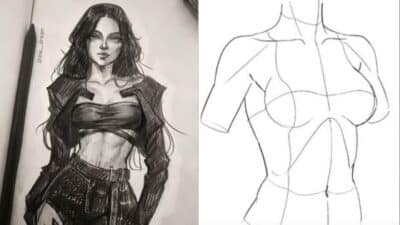Drawing the female body is a skill that artists of all levels often seek to develop, whether you’re sketching for fun or aiming to improve your portfolio. Learning to draw the female form with accuracy and expression helps you create compelling, lifelike art and opens up possibilities for creative projects. With the right techniques, you can capture a range of poses, gestures, and styles that make your illustrations stand out.
As you explore different approaches to drawing the female body, you’ll discover methods for understanding anatomy, expressing movement, and integrating personality into your figures. Variations in fitness, design, and lifestyle can inspire your artwork and expand your creative range.

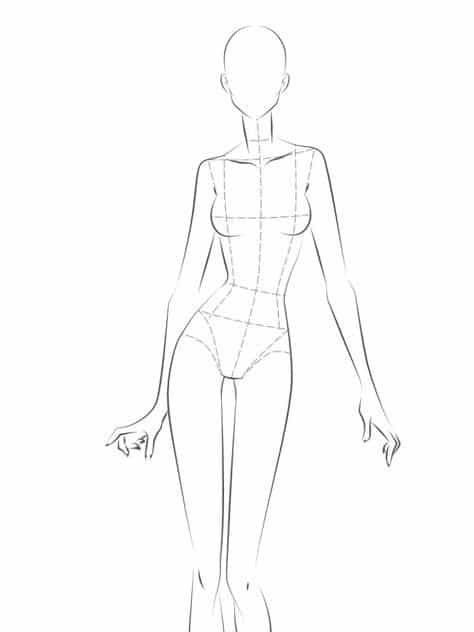

Key Takeaways
- Understanding female body basics helps you create more natural illustrations.
- Using various drawing techniques brings style and life to your art.
- Exploring poses and details adds depth to your creative projects.
Basics of Female Body Drawings
To effectively draw the female body, you need a clear understanding of human form, anatomical details, and common drawing guidelines. Paying attention to curves, proportions, and outlines leads to more accurate and visually appealing sketches.
Understanding Human Form
When you begin sketching a female body, start with the basic structure. Use simple shapes—such as ovals and cylinders—to map out the torso, hips, and limbs. This rough outline helps you define the pose without getting caught up in details too early.
Focus on the line of action and main body axis to maintain dynamic poses. A loose gesture sketch is a great starting point for the overall human silhouette. Don’t worry about perfection at this stage; the aim is to capture flow and movement.
By starting broadly and then moving towards specifics, your contour drawings will appear more natural and less stiff. This approach works for every woman’s figure, as it allows you to adjust proportions and body shapes as needed.
Key Elements of Female Anatomy
Drawing the female anatomy involves noticing subtle curves and contours. The female torso generally has a narrower waist, rounded hips, and a softer outline compared to the male body. Pay attention to the chest, shoulders, and pelvis, as they set the overall feminine appearance.
Shoulders are often more slender and less angular, while the pelvis is usually wider. The legs tend to have a gentle taper and defined but subtle muscle groups. Breasts come in many shapes and sizes but are typically positioned between the bottom third and halfway down the torso.
Outlining these features with smooth lines creates a softer, more natural sketch. As you draw, check the distance and relationships between body landmarks, such as clavicles and navel, to maintain anatomical accuracy.
Common Proportions and Guidelines
Proportions are essential in creating credible female body drawings. The classic approach uses a head-count system: the average woman’s figure is about 7 to 7.5 heads tall. Shoulders are often about two to three heads wide, and the hips are slightly wider than the shoulders.
Here is a simple proportional breakdown:
| Body Part | Average Proportion |
|---|---|
| Head | 1 head |
| Torso | 2–3 heads |
| Legs | 4 heads (on average) |
| Shoulders | 2–2.5 heads wide |
| Hips | Just wider than shoulders |
Use light guidelines to mark these measurements when you sketch. This helps with symmetry and balance in your outline. These are starting points—real bodies vary widely, so adjust them to match your reference or desired figure. Keep your lines soft at first to allow changes as you refine your drawing.


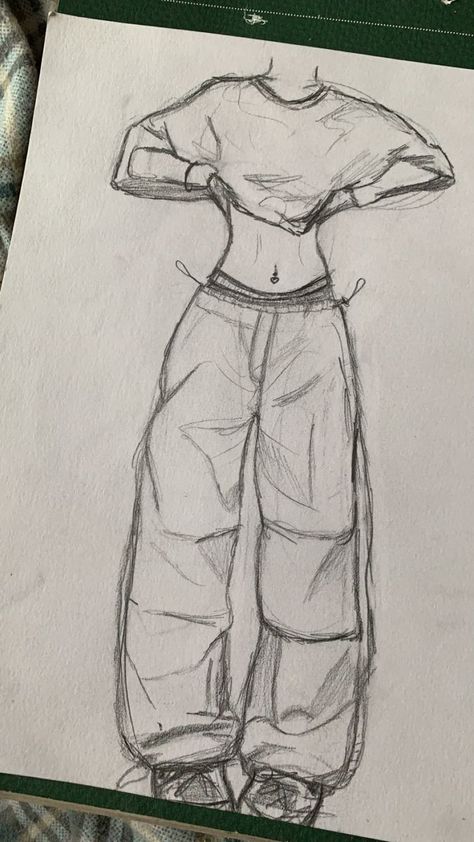
Drawing Techniques and Styles
Exploring various drawing approaches helps you capture the female form with clarity and style. Each method lends a unique mood, from the expressive energy of one line art to the bold impact of silhouettes or the precision of vector graphics.
Line Art and One Line Drawing
Line art emphasizes clean, defined edges with minimal shading or texture. When drawing the female body, line work highlights shape and posture, making your anatomical structure clearer.
One line drawing takes this further by creating an entire figure with a single, unbroken line. This technique is about confidence and fluidity. It challenges your observation and requires you to plan the path your line will take across the paper.
You might find this style ideal for quick studies and sketches. It can also work as a bold design element, creating memorable icons and concepts for logos or simple illustrations. Using bold strokes or varying line thickness can suggest movement, weight, or even emotion in poses.
Silhouette and Contour Sketching
Silhouette drawing captures the outer edge of the body as a solid, filled-in shape. This technique removes all interior detail and focuses attention on the overall gesture and proportion of your subject. Designers often use silhouettes to quickly communicate the concept of a pose or body type.
Contour sketching, on the other hand, involves tracing the outline of the form with continuous lines. Unlike one line art, you can lift your hand but still focus on the flowing edges and curves. This method helps train your eye to observe the subject’s structure and improve accuracy.
These sketches are effective for warm-ups and for understanding negative space. If you’re illustrating for icons or want a clear, recognizable shape, silhouette and contour approaches are efficient options.
Linear and Continuous Approaches
Linear drawing centers on the use of straight and curved lines to define form and structure. In figure drawing, this approach helps you lay out correct proportions and alignment quickly.
Continuous line drawing is closely related to one line art but doesn’t restrict you to a single stroke; instead, you try not to lift your drawing tool as you move from one part of the body to the next. This builds a sense of unity and rhythm in the figure.
Consider practicing both styles as warm-up exercises. They train your hand-eye coordination, improve your confidence, and help you see the connections between various body parts. Both are foundational skills for moving into more advanced rendering techniques.
Vector and Digital Methods
Vector art uses mathematical paths to define shapes, lines, and curves, allowing scalable illustrations without loss of quality. Vector drawings are common in digital art, logo design, and icons, as you can edit and resize your work endlessly.
Digital tools like Adobe Illustrator or free programs such as Inkscape make it easy to use vectors for both line art and bold, filled-in female body shapes. With digital methods, you can quickly duplicate, modify, or recolor elements as needed.
Working digitally allows for quick experimentation with style, line weight, and color. Layer functions, grids, and symmetry tools help you achieve clean results that are perfect for professional design projects. These features support precise control, especially useful when consistency and clarity are important in your concept art.



Poses and Gestures for Female Figures
Selecting strong poses and clear gestures helps bring life and character to your female body drawings. Paying attention to body language, hand placement, and overall flow allows you to communicate specific activities, attitudes, and personality.
Capturing Movement and Activity
When drawing a female figure in motion, it’s important to study real-life actions and daily tasks. Sketch a girl walking, dancing, reaching, or sitting to explore how the body changes shape during different activities.
Focus on parts like the tilt of the hips, the angle of the hand, or the way arms and legs line up. These details give each pose a sense of energy. Quickly capturing these gestures can be done with short timed sessions, often called gesture drawing, which emphasizes expressive lines over perfect anatomy.
Movement also means thinking about background or setting, even if it’s implied. For example, a figure holding a bag hints at walking in a city, while stretching arms can suggest waking up in a bedroom.
Isolated and Stock Photo References
Using stock photos or isolated figure references can make your work easier when you want clear views of anatomy and pose. Stock images often provide a clean background, letting you focus on the female figure without distraction. Many stock photo libraries have a range of poses, from basic standing positions to more complex activities with hand gestures and dynamic angles.
Tips to get the most from reference photos:
- Look for images shot from different viewpoints.
- Notice how lighting affects the contours of the body.
- Pay attention to the way the hands, feet, and head create balance in the pose.
Tracing over these references can help you understand proportions, but interpret and sketch new variations to develop your personal style.
Dynamic vs. Static Poses
Dynamic poses feature action, twisting, or bending, and often have a strong line of motion called a “line of action.” Drawing a female figure in a jumping or turning pose adds a dramatic, engaging effect. Look for S-curves or C-curves in the spine and limbs to convey motion.
Static poses, on the other hand, are more about symmetry or calmness. Examples include a girl standing still, sitting with hands folded, or posing for a photo shoot. These are useful for studies of muscle, bone structure, or clothing drape.
Balancing dynamic and static poses in your practice builds skill and keeps your art interesting. Try varying between high-energy action stances and more relaxed, classic portrait poses in your sketches.
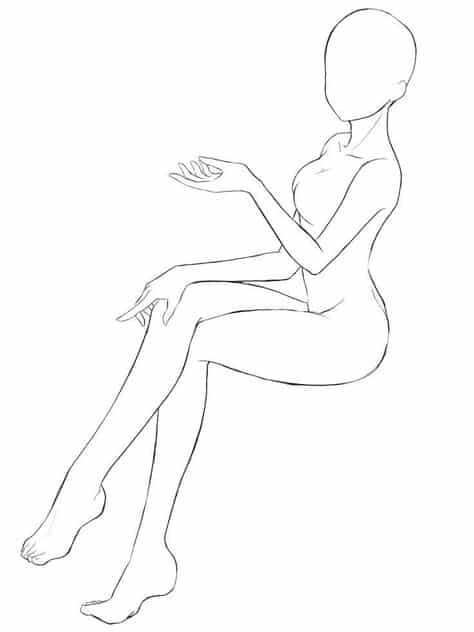


Depicting Fitness and Lifestyle in Female Drawings
Many female body drawings focus on aspects of fitness and lifestyle by capturing movement, muscle definition, and healthy habits. Accurate representation helps convey not only strength and activity but a commitment to overall well-being.
Sports and Exercise Movements
To show fitness in your drawings, you can use action poses like running, stretching, or lifting weights. These dynamic postures highlight movement and energy. Including common fitness accessories such as yoga mats, dumbbells, or athletic shoes can add context.
Try experimenting with perspective to make the figures appear more dynamic. For example, a low-angle view can emphasize strength during a jump or a push-up. You may use quick sketching lines to suggest speed or momentum and clean, bold outlines for more stability.
Key Items to Consider:
- Clothing: athletic wear, sports bras, leggings
- Settings: gyms, parks, studios
- Accessories: fitness trackers, water bottles
Details like sweat and flushed cheeks make the activity look more realistic and relatable.
Emphasizing Muscle and Health
You can suggest physical health by focusing on muscle groups and healthy body proportions. Highlighting areas like arms, core, and legs with careful shading creates a sense of muscle tone. Avoid exaggeration—realistic muscle mapping leads to believable results.
Showcase skin texture, flexibility, and posture to reflect an active lifestyle. Visible abs, defined shoulders, or taut calves indicate athletic strength.
A balanced approach means not every muscle must be pronounced; aim for healthy and fit, not overworked. Layer subtle highlights to create depth, and use references for an accurate portrayal. Including small details, like healthy hair or a confident expression, can reinforce the focus on overall wellness.
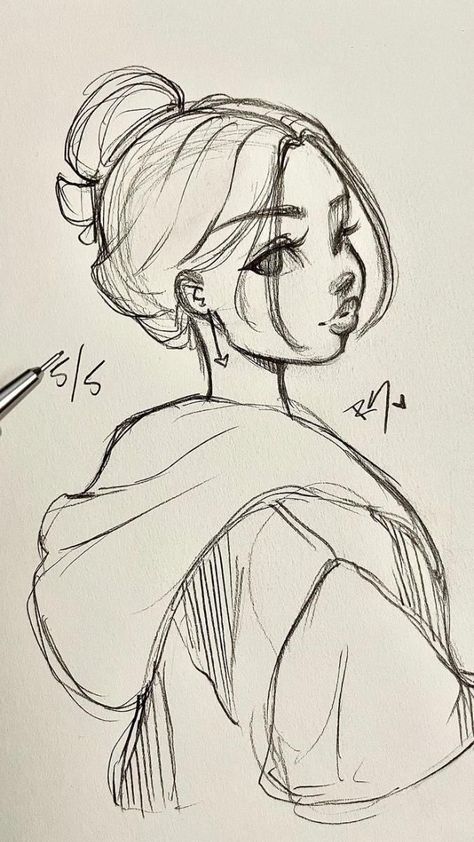
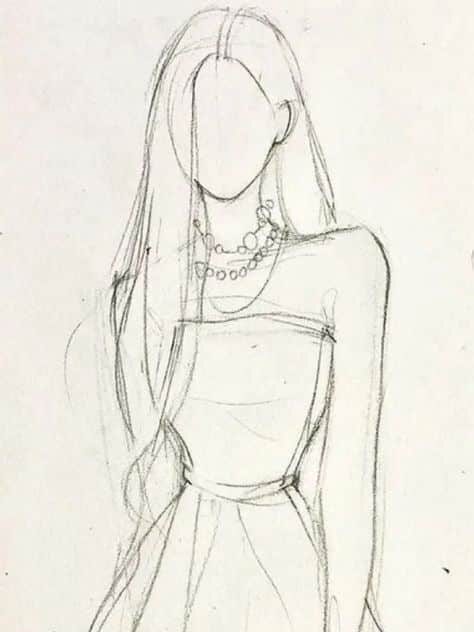
Creative Applications and Design Uses
Drawing the female body has a wide range of practical uses in visual design. These applications stand out in fields like icons, graphic design, concept art, and the use of single or isolated elements for specific purposes.
Icons and Graphic Design
Female body drawings can be used to create icons for apps, websites, wayfinding systems, and infographics. Designers often simplify or stylize these illustrations to make them clear at small sizes.
You can use distinct body shapes or poses to represent concepts like fashion, wellness, fitness, or gender. Employing simple line art or filled silhouettes keeps icons legible and flexible for digital and print projects.
In branding and logo design, the female form offers opportunities to express elegance or strength. Changing proportions, line quality, and styling adapts the drawing for different audiences or industries.
A quick checklist for effective icon design:
- Maintain clarity at all scales.
- Use minimal lines or detail.
- Address cultural sensitivities.
- Choose poses that clearly communicate intent.
Backgrounds and Concept Art
Female body drawings play a key role in creating backgrounds and concept art, especially in animation, games, and editorial illustration. These figures can add narrative depth, suggest action, or guide the viewer’s eye.
You can integrate semi-transparent sketches or fully rendered figures to build mood in a scene. Layering multiple poses or placing figures in dynamic settings helps illustrate movement or emotion.
When developing concept art, try experimenting with lighting, color, and style. This allows the character to fit different genres, from realism to more stylized art. Attention to anatomy and perspective ensures the figure works well within the background, avoiding awkward interactions with other elements.
Single and Isolated Elements
Using single or isolated female body drawings allows you to create spot illustrations, educational graphics, or modular design components. Isolated elements are easily reused, making them efficient for marketing, medical, or instructional materials.
You may want to keep these drawings on transparent backgrounds (such as PNGs). This makes it easy to integrate them into different layouts or combine them with other illustrations.
Common uses include:
- Fashion mockups or technical flat-lays.
- Medical and anatomy diagrams.
- Social media stickers or avatars.
Focusing on clean linework and accurate proportions ensures your single-element drawings remain versatile for various design needs.
- 424shares
- Facebook0
- Pinterest424
- Twitter0
